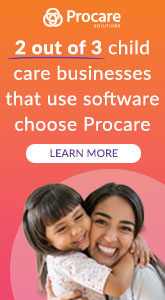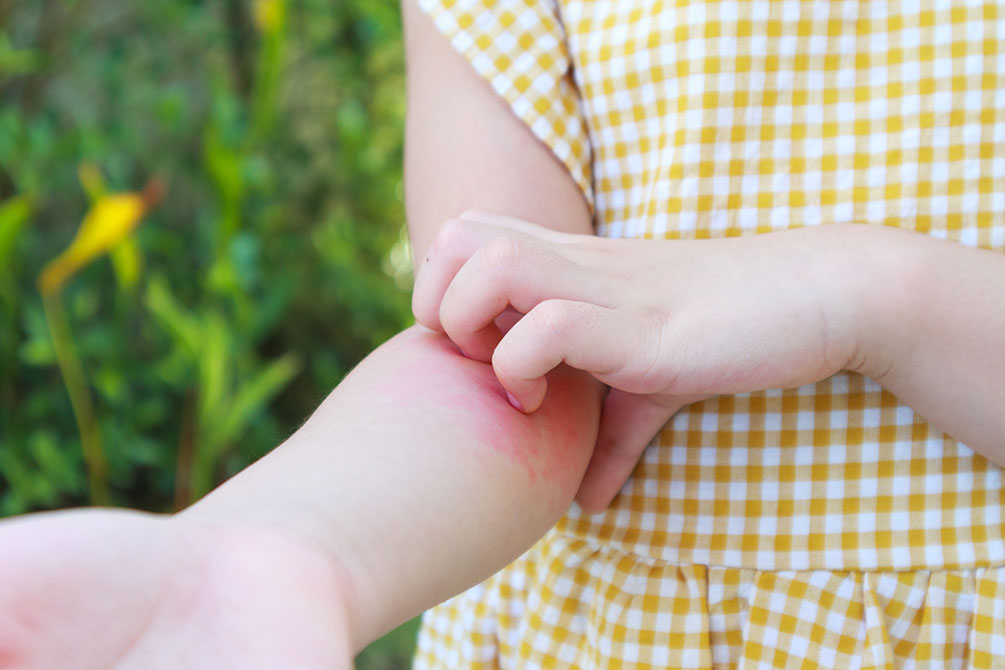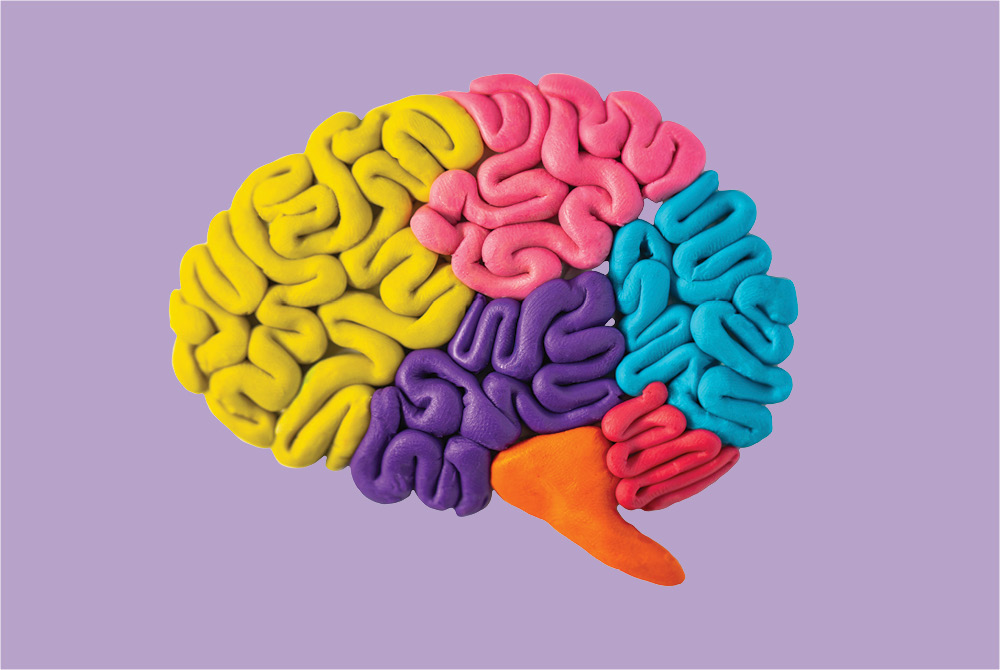Although the pandemic is winding down, violence, cultural events and health crises in schools and communities inform us of the importance of redoubling our efforts to prevent and compassionately address trauma in children’s and teachers’ lives. It is difficult to learn to cope with stressful environments, because we are often limited in our abilities to deal with traumatic environmental forces. However, early childhood educators need to be better equipped to meet children’s needs during these stressful times. Although teachers cannot shield children from every challenge, they can help children calm themselves and engage proactively in school activities through meditation.
Meditation can easily be implemented in everyday routines for children and teachers. The benefits of meditation include clearer thinking and improved attention, as well as better self-control, stress management, productivity, and development of calm, peaceful minds. Meditation can lower our blood pressure and stress hormones. During meditation, we pay attention to breathing and stillness to reach a mindful state. Meditation cannot solve everyday challenges, but it can give children and teachers opportunities to be present in the moment, to manage emotions, and to calmly address classroom issues. Before starting meditation, teachers can announce to students that practicing meditation takes time and that they will practice it every day. Here are examples of five-minute-meditation techniques for preschoolers and teachers.
Meditation for Preschoolers
For 4-year-olds, teachers should first explain to children what meditation is. Teachers can say, “We are going to meditate, and that means we pay attention to our breathing while being quiet.” Teachers can then sit on the floor with children, explaining, “Let’s quietly sit like I am doing now and focus on our breathing. Feel your breath going in through your nose, filling your belly, and then slowly coming out of your mouth like you are gently blowing out a candle.”
The teacher may choose to add, “Use only your imagination (no talking!) to picture a red balloon floating in the sky. You can close your eyes or keep them open. Now we are going to imagine watching it fly up high into the sky until we cannot see it anymore.” Continue by adding, “Do not forget to keep paying attention to your breath going in and out at its natural rhythm.” Be prepared to say, “If you get distracted, that is OK! Just come back to focusing on your breathing.” At this age, meditation should be continued for up to 5 minutes.
For younger preschoolers, teachers can explain what they are about to do, what meditation is, and then ask children to lie on their backs as they listen to a bell and raise their hands when they no longer hear it. Then, teachers can place stuffed animals on the children’s abdomens to help children pay attention to their breathing (Zelano & Lyons, 2011). Teachers encourage children to look at the stuffed animals rising and falling on their abdomens. Teachers may reassure children that it is okay if their mind wanders, and when it does, they can return their attention to the stuffed animals and notice their breathing. If some children are unable to lie still for five minutes, then they may try to meditate for one to two minutes, which can still be beneficial.
Children can also use pinwheels to focus on their breathing. With pinwheels, children can stand or sit, with good posture. They focus on the pinwheels, and teachers ask them to breathe all the air out thorough their mouths so the pinwheels will start turning. Teachers might say, “Let’s take a long, slow, deep breath in through your nose all the way down to your tummy, and let your breath out on your pinwheel so it will turn.”
ADVERTISEMENT
Meditation for Teachers
- Find a quiet place with soft lighting and sit straight and tall in a chair. You can place your hands on your lap or stomach. Pay attention to your breath going in and out without forcing it. You can keep your eyes open or closed; closing your eyes might help you focus on your inner sense of the body. Inhale for a count of three, hold your breath for a count of two, and exhale for a count of ten. The key is breathing through your stomach, so placing hands on your stomach might help you focus. At nighttime you can breathe in and out while lying in bed.
- Find a chair in which to sit straight and tall. Place your hands on your lap or stomach. While paying attention to your breathing, imagine yourself at a lake and sending off a boat. You can breathe in and out, without forcing it. Pay attention to the calmness of the water and the color of the boat. Breathe in and out, sending the boat toward the horizon until you cannot see it anymore.
- You can focus on a mantra while meditating. Repeating some simple words while meditating might help you focus. Words can be related to personal beliefs or wishes. Pay attention to breathing and repeating your words. Some examples of mantras include: “I am focusing on my breathing,” “I am happy and calm when meditating,” or “I had a good day, and tomorrow will be better.”
Often, children are overwhelmed with news of societal and cultural violence or natural disasters, hurried schedules, academic pressures, and daily stressors. Given this, children have feelings that might be difficult to control, and educators play an important role in helping them learn emotional regulation skills. Social/emotional skills can be enhanced when children are able to pay attention and focus on details of classroom activities. Five-minute-meditation techniques can help calm children and contribute to their ongoing physical and mental well-being.
References
Zelazo, P. and Lyons, K. (2011). Mindfulness training in childhood. Human Development, 54, 61-65. doi:10.1159/000327548.
Satomi Izumi-Taylor, Ph.D., is professor emeritus with the department of instruction and curriculum leadership at the University of Memphis, Tennessee. Her research interests include cross-cultural studies of teacher education, play, constructivism, infant and toddler development, Japanese early childhood education, and science education.
Related
ADVERTISEMENT











